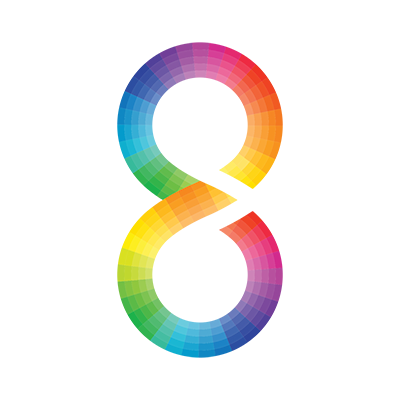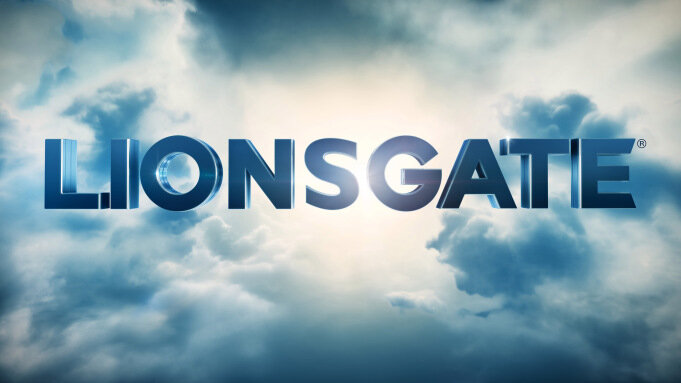REDlogFilm and REDgamma are options in REDCINE-X® that affect how digital values are translated into visible tones. This article delves into how these and other gamma settings work, along with how they can be used to simplify post-production—regardless of whether this is with quick dailies or manually-graded feature films.
REDGAMMA3
Use RED GAMMA - For Instant Results
With RED®, the gamma setting may also be comprised of other tonal curves. To give images the more pleasing and familiar toe and shoulder characteristics of film tones, REDgamma and similar settings are the net result of both a standard log curve and a contrast curve:
The contrast curve causes shadows and highlights to more pleasingly roll off into black and white, respectively, and improves contrast and color saturation within the more visually important mid-tones. Images will also appear to “pop” since they will seem more three-dimensional:
REDgamma4 is therefore a good starting point and typically requires the least color grading. It is therefore an ideal solution when needing a quick turnaround time with dailies and other demo footage.
On the other hand, a contrast curve is more subjective than the standard log curve. Just as each film stock had its own characteristic look, a given camera model, software package or production company can all have different styles. A given look may also depend on the output medium, creative choices and scene content. As a result, such looks can complicate post-production if applied prior to grading or visual effects by third parties. If these considerations are important, there’s another option . . .
REDLOGFILM
Use REDLOGFILM - For Fully Manual Grading
REDlogFilm provides a more standardized starting point for manual grading because it only includes a traditional log curve. The particular curve replicates the well-supported response of Cineon film scans, which ensures predictable results with custom LUTs and other post-production software. REDlogFilm can also be easily translated back into linear when visual effects, image compositing and color matrix transformations are needed.
A typical REDlogFilm workflow therefore includes first converting the linear REDCODE® RAW (R3D®) file into one of several standard digital intermediate formats, using REDCINE-X PRO® or other software packages. Then, the output can be shared with post-production houses and all other third parties familiar with the Cineon specification. The final result incorporates a fully customized color grading that utilizes gamma-encoding:
However, REDlogFilm images will initially appear flat, with lighter and noisier shadows, along with darker and more abrupt highlights. Tones retain the full dynamic range and are not actually any noisier though—they are just being displayed differently. REDlogFilm is also not designed for visualizing exposure in-camera.
One should therefore only use REDlogFilm when files are expected to undergo substantial grading afterwards. This may require an experienced colorist and post-production team in order to get results that meet or surpass what can be achieved straight from the camera with REDgamma4. However, for teams that are familiar with grading log film scans, REDlogFilm is designed to be faster and simpler.
In practice, gamma can be specified both in-camera and from within REDCINE-X. In either case, the setting is embedded as metadata and does not affect the recorded data until the R3D file gets converted into another format. If newer gamma curves are released, these R3D files can therefore be re-developed using the most recent color science.
Regardless, options are available for either common post-production route. With dailies, stills and personal projects, or when capture to post-production is handled in-house, REDgamma4 gives the simplicity and speed of a mainstream DSLR camera. With coordinated projects involving visual effects and third party post-production, or when libraries of custom LUTs have been developed using the Cineon standard, REDlogFilm gives the familiarity of scanned film—but with full digital flexibility.







